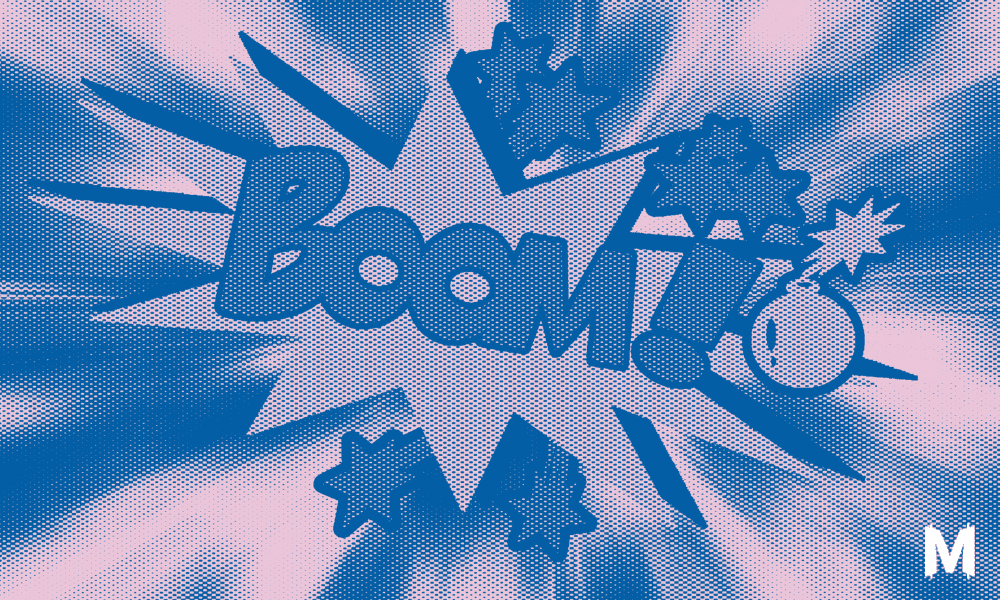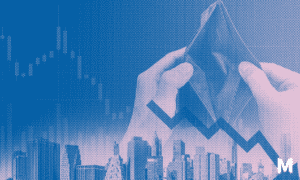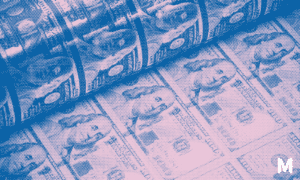‘There’s no such thing as good and bad timing, just good and bad strategies’ – Mark Moss
Mark Moss recently posted a YouTube video in which he gave a breakdown of the very important four part strategy you need to be aware of while investing.
He starts off explaining that the first thing to understand is how market formations work. In an attempt to understand this, the first question to ask is: ‘what stage of the bubble are we in?’ Because Moss points out that everything is always in a bubble. He uses the Ka-Poom Theory to explain how the asset bubble cycle works – how bubbles are created, destroyed and more importantly reborn.
The key piece is knowing what drives market booms, busts and then how the rebirth happens. Government intervention into the market, according to Moss, aggravates boom and bust cycles. Mark talks about booms and busts as a natural part of the economy, just like there are seasons and polarity in other areas of life. But the problem begins when central banks intervene in the economy, causing exaggerated booms and busts.
Central bank intervention in the economy can lead to malinvestments, which eventually need to get flushed out of the system in the form of a recession or depression. As an investor, even though you can be aware of these negative effects of government intervention, you can’t really “fight” them as long as central banks exist, so you might as well ride the wave of these booms and busts and benefit from them.
Step #1: The Bubble Is Created
The first step is the creation of the bubble. The interest rate that is set by central banks is what drives the majority of the economy. When these rates are high people borrow less while when they are low people borrow more. Analyzing the effective federal funds rate, we notice a pattern. Every time a bust occurs, they drop the rates and after a while they start to bring them back up and this creates another bust and so they drop the rates back down again.
Step #2: The Bubble Deflates At Some Point
The next thing that happens is that deflation starts to occur, the bubble starts to deflate. This is also normal as human beings are irrational creatures, their wants and desires can shift. Taking for example what happened in 2019 when the yield curve inverted, this inversion usually means that a recession is on its way. What is harder to foresee are black swan events, and in 2020 we were hit by the pandemic.
Black swan events like the pandemic that create disinflationary forces are the “Ka” part of the “Ka-Poom” strategy.
Step #3: Central Banks Begin Printing Money to Solve the Crisis
The third step is being aware of the central bank’s response, which is usually to stimulate the economy by putting more money into the system. Central banks respond to disinflationary or deflationary pressures with inflationary policies. In recent years the money supply grew at an unprecedented rate. The total money supply grew by 39.9% since the “black swan” event of 2020.
Central banks printing money is the “Poom” part of the “Ka-Poom” strategy.
There’s usually a 12-month lag before the inflationary effects show up in the economy. Moss used a chart that shows inflation and all the stimulus packages to demonstrate how printing money and inflation are directly correlated.
Prior to the pandemic, before the Fed pumped $1.9 trillion into the economy, inflation had been relatively low. Then it started going up and about 12 months later inflation reached a 40-year high.
Step #4: Follow the Money
The fourth and final step is to follow the money. The ‘KA’ part is the deflation and the black swan event and the ‘POOM’ is the resulting effect after the central bank pumps money into the system.
Using the 2020 crash as an example, the market already started deflating in 2019 when the yield curve inverted. The black swan event in the form of the pandemic was just what got the bubble to pop completely.
The Fed started stimulating the economy, starting a new quantitative easing program and buying government debt, corporate debt and mortgage backed securities. During 2020 the Fed launched the largest QE program we have ever seen.
As a result of this we saw markets rebound and many stocks becoming overvalued. We also saw the real estate sector blow up, with home prices increasing by 11.3% in 2020 and 15.9% in 2021.
So what comes next? Moss mentioned that we are currently in phase three of the “Ka-Poom” cycle, the market is deflating and all it takes is another black swan event to really cause havoc. And there are a lot of possible black swan events out there right now.
Moss believes the Fed’s next response will be even bigger than that of 2020. Central banks around the world will launch even larger-scale quantitative easing programs.
To figure out where the money will go, according to Moss, you just have to look at government policy. According to him the money will go into medical, pharmaceuticals and green initiatives. In summary: Energy, climate and medical sectors.




